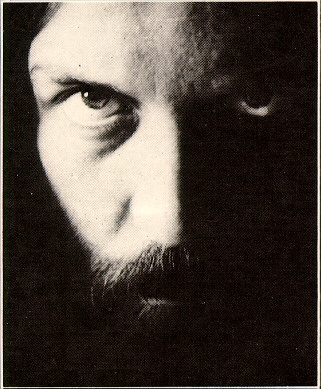Please feel free to post/copy the following Call for Papers to any blog or individual you feel would be interested in it or might help get out the word.
CFP: First and Second issues of SANE journal: sequential art narrative in education
(ISSN 2153-2613)
SANE journal is now seeking submissions for works of research, practitioner-based articles, reviews, and rationales regarding its first two themed issues. Information about this new peer-reviewed, open access interdisciplinary journal covering all things comics-and-education-related, from pre-k to doctorate, can be obtained by visiting http://www.sanejournal.net/. For more information, e-mail James Bucky Carter: jbcarter2 at utep dot edu.
V1.1 (late 2010 release or per article as considered ready by review board): “Comics in the Contact Zone.”
Mary Louise Pratt defines the contact zone as “social spaces where cultures meet, clash and grapple with each other, often in the contexts of highly asymmetrical relations of power, such as colonialism, slavery, or their aftermaths as they are lived out in many parts of the world today” and where those involved in the educational experience may “reconsider the models of community that many of us rely on in teaching and theorizing and that are under challenge today.” Texts are social spaces, of course, and the comic book may be the best indicator of this fact. How do you see comics as meeting, clashing, and grappling with social issues in your classrooms when you teach them? How do comics illustrate contact zone precepts such as speech acts, transculturation, unsolicited oppositional discourse, autoethnography, and safe houses? How does the integration of comics themselves set up contact zones in the classroom? Which texts do you teach to get at notions associated with contact zone pedagogy? How does teaching a comics course set up a contact zone with professional colleagues, departments, university officials, etc? Articles should make explicit mention to contact zone theory and its component concepts. Deadline July 2010.
V1.2 (planned 2011 released or per article as considered ready by the review board): “Teaching the Works of Alan Moore.”
 Alan Moore may be the most influential and controversial comics writer of the 20th and 21st centuries. How do you teach his complex, multilayered works in your high schools classrooms, your college courses, etc? What are the challenges associated with teaching his texts or specific texts and how do you and your students address them? Can they be addressed? How does his output “fit” with notions of literature, literary, canon, etc. as you teach them in your courses? Articles may cover several of Moore’s texts or focus specifically on one. Deadline October 2010.
Alan Moore may be the most influential and controversial comics writer of the 20th and 21st centuries. How do you teach his complex, multilayered works in your high schools classrooms, your college courses, etc? What are the challenges associated with teaching his texts or specific texts and how do you and your students address them? Can they be addressed? How does his output “fit” with notions of literature, literary, canon, etc. as you teach them in your courses? Articles may cover several of Moore’s texts or focus specifically on one. Deadline October 2010. 
4 comments:
WOWZER!
who are these three big folks?
I'm happy for you and all our colleagues around the world, Bucky.
Can I post this on my state's Facebook page?
Please do! I'll announce the board members at a later date. I'm still doing some pr-planning work on that front. :)
Bucky, are you getting any sleep at all?
Great work and great posts the past two weeks!
May the ZAP be with you.
mjh
This is so cool!
Keep up the great work!
Post a Comment